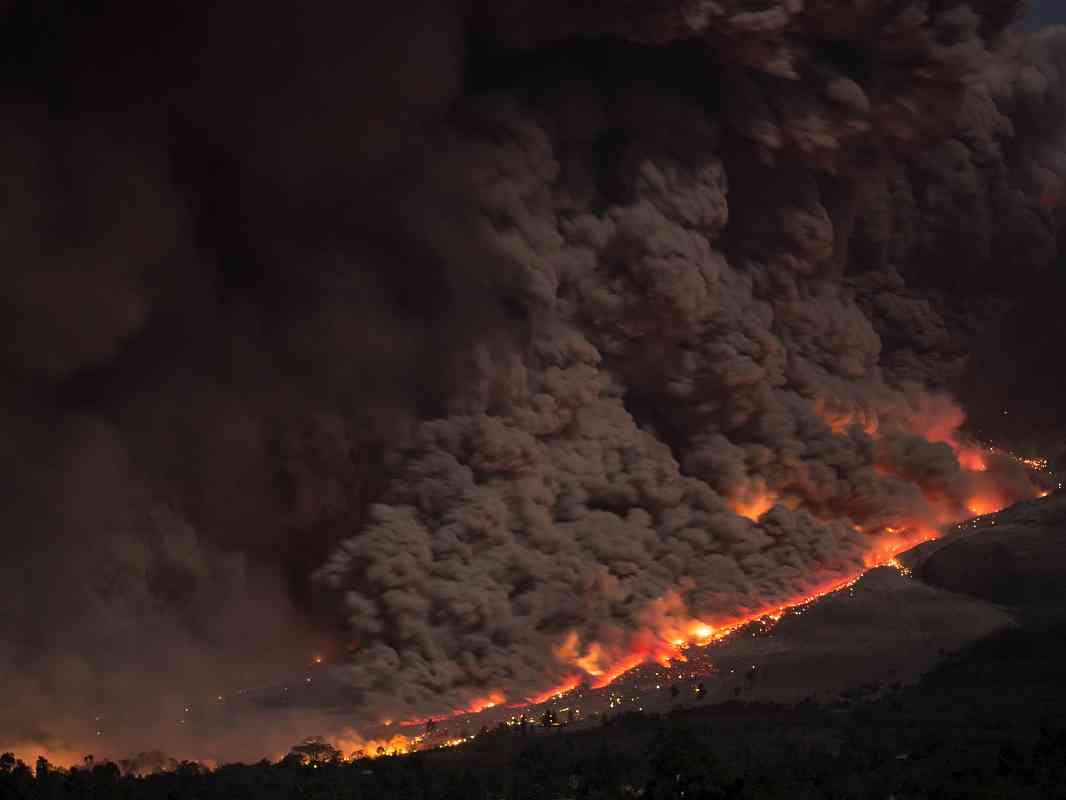Insurers are grappling with soaring claims due to hurricanes, wildfires, floods, and droughts. To mitigate their risks, they're left with no choice but to raise premiums. This, in turn, places a heavier burden on homeowners and businesses. The vicious cycle continues as individuals and companies struggle to afford coverage, leaving them vulnerable to the next catastrophe. It's a stark reminder that addressing climate change is not just an environmental imperative but an economic one too.
These weather conditions, exacerbated by climate change, are not only a threat to our environment but also to our wallets. One of the most tangible impacts of these extreme events is the surge in insurance premiums.
Globally, the natural catastrophes in the first half of 2023 amounted to over $120 billion in payouts, with thunderstorms being the main driver in losses. Including uninsured losses, the cost of natural disasters was over $279 billion. Over the last 50 years, the occurrences of natural disasters have nearly quadrupled.
Due to the inability for insurance companies to insure in certain areas due to the number of losses sustained, many are finding themselves relocating so they can get insured.
Additionally, the cost of rebuilding is more costly, so having the proper coverage is vital.
Insurance companies, traditionally relied upon to provide financial security during crises, now face mounting losses as hurricanes, wildfires, floods, and other disasters become more frequent and severe. These companies are forced to pay out staggering amounts in claims, which in turn drives up their costs. To offset these losses and maintain their financial stability, they must raise premiums for policyholders.
As a result, homeowners, renters, and businesses find themselves grappling with the burden of increased insurance costs. For some, it means making difficult decisions about whether to maintain coverage or risk going uninsured. Small businesses in particular are vulnerable, as they often lack the resources to absorb rising insurance expenses.
Extreme Weather Conditions:
Hurricanes
Tornadoes
Thunderstorms
Fires
Heat Waves
Floods
Hail
Lightning
Damaging Winds
Blizzards
Moreover, the impact of higher premiums is not evenly distributed. Vulnerable communities and low-income households are disproportionately affected, as insurance becomes less affordable. Thus, creating even more of a disparity in the ability to recover from extreme weather events, further impacting financial inequalities.
If you have any questions, please reach out to us at 720.335.6871 to go over your policy and check your coverages.
